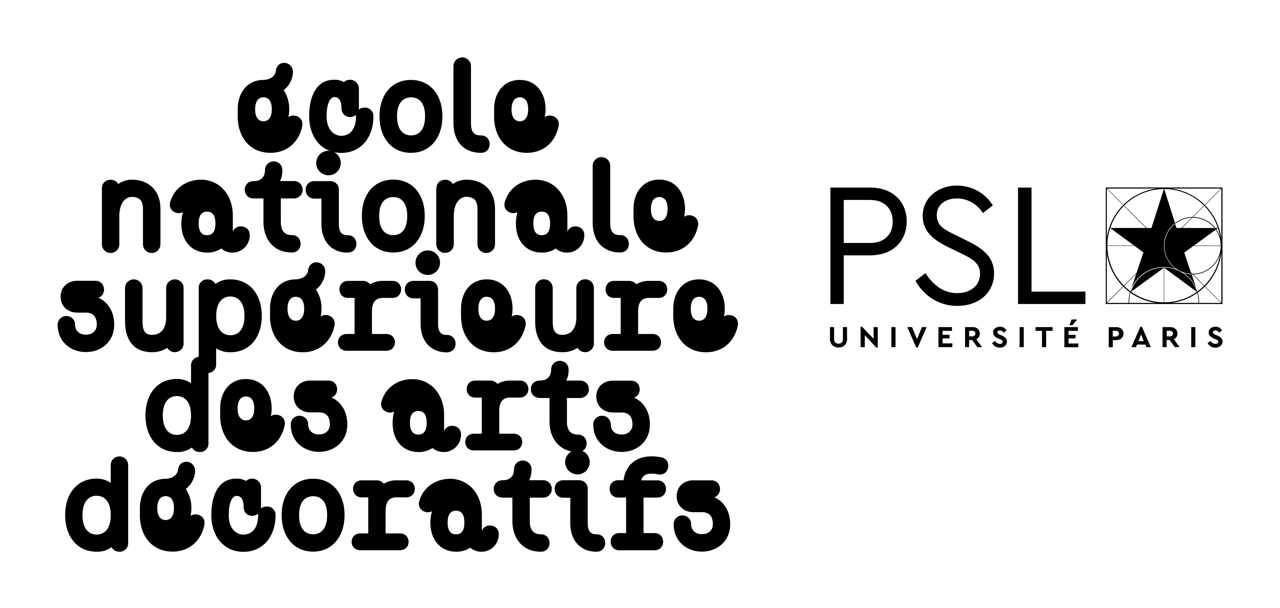![]()
Anahita Hekmat is an Iranian new media artist. Her body of work includes a wide range of mostly traditional media such as photography, drawings, videos and installations to new technological media such as interactive and urban setups, websites and locative media projects. She is working both solo and in collaboration with ethnologists, musicians, programmers and other specialists to create the Multidisciplinary Multimedia experiences. She hybrids ethnographic methodology and subjective imagination. Her works speak to coherent a relationship between visible and invisible. This report seeks to articulate around vision, what we see by being in direct contact with reality and the mental image that this reality has created in the mind that feeds it. Anahita uses closed spaces, found or constructed tunnels, dark rooms and hide places for making a trajectory for the spectators as a result of an in-situ experience. By using architectonic elements related to the past and destroyed (such as vestiges), she is questioning the ability of a specific space to recall and reactive the memory of the past in the present time. The world of childhood is a recurring motif in her body of work. The childhood and rites of passage function as a referential basis for universal temporal units. Thus, each viewer can find a space-time base which is both very personal and common. In her videos, Anahita works from fragments of images (filmed in general during her journeys) that create a documentary approach. By editing, time stretching, manipulating and overlaying images, she is letting forth a poetic and mythical fiction. In general, her work builds a suspended time in which the characters, abstracted of their spatial dimensions, graze the boundaries of documentary and fiction. In her installations, she confronts several screens that she puts into dialoge. This type of medium also allows images to resonate with sounds to deconstruct the Ordinary Time. She generally uses projection as reminiscence of facts which actually experienced. Sound has a great importance in her work. Sound composition is used to add spatiality. It adds the distension of time in Anahita’s closed universes — the audio layers superimposed with their corresponding images, to provide a space to explore, a memory pool.
Website: anahitahekmat.net
